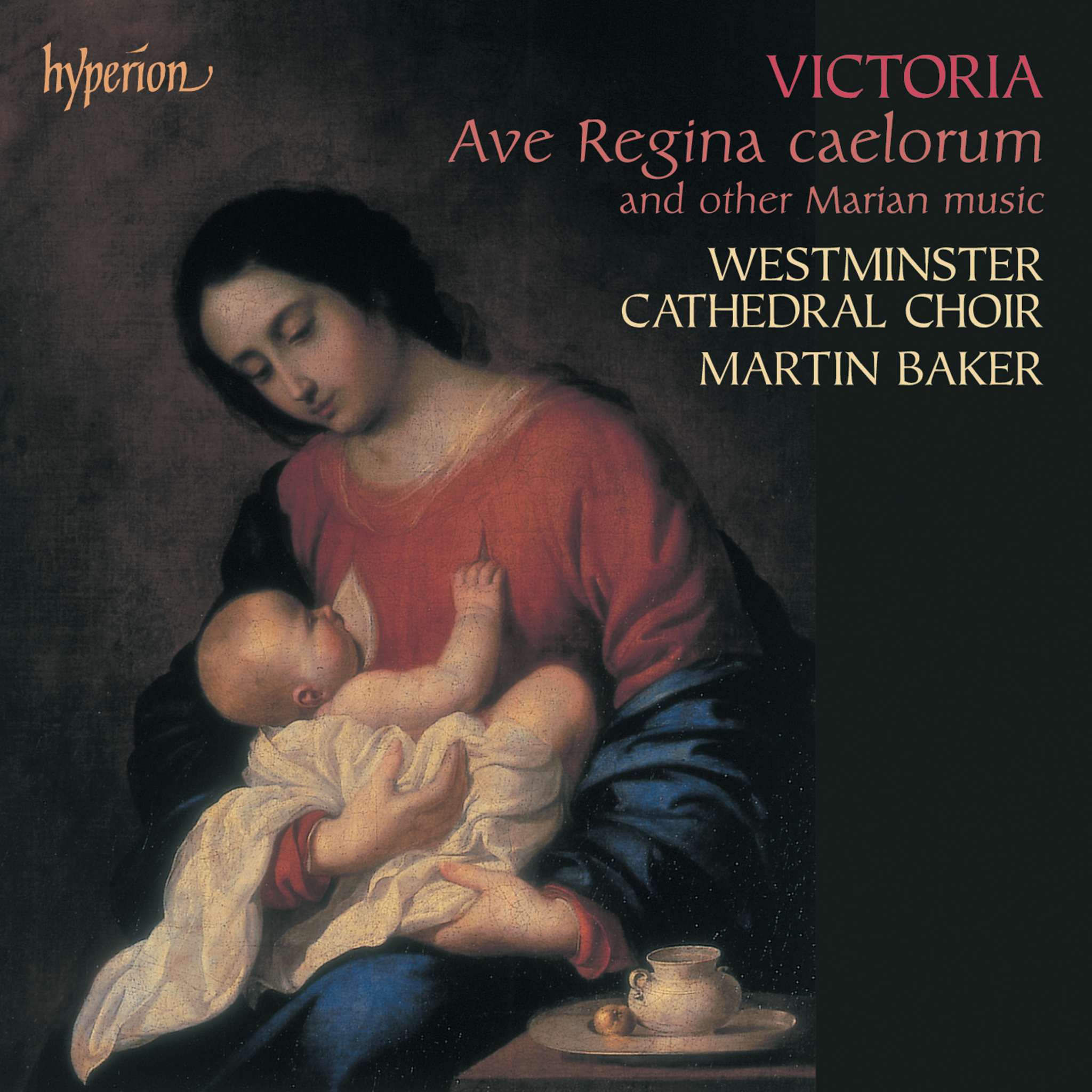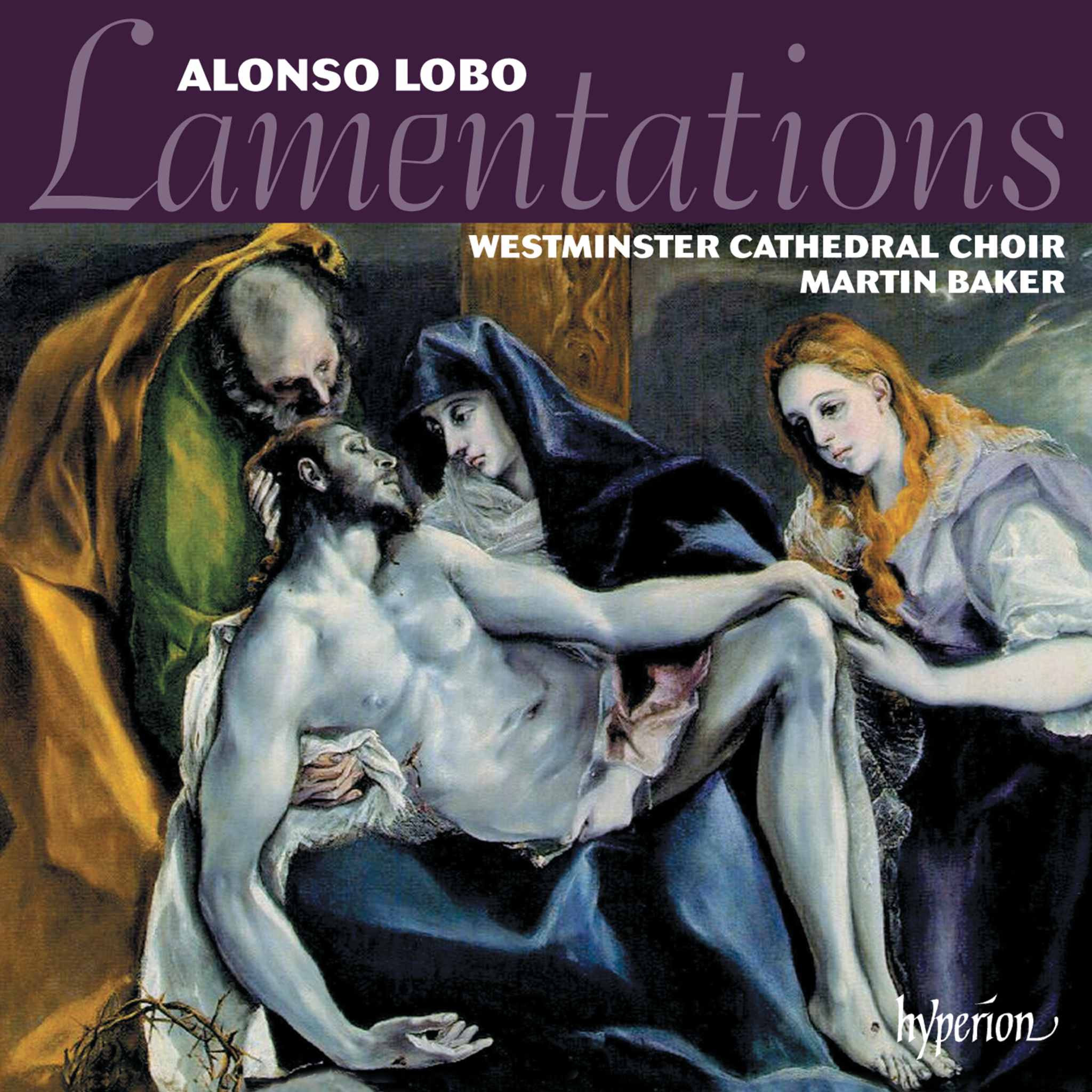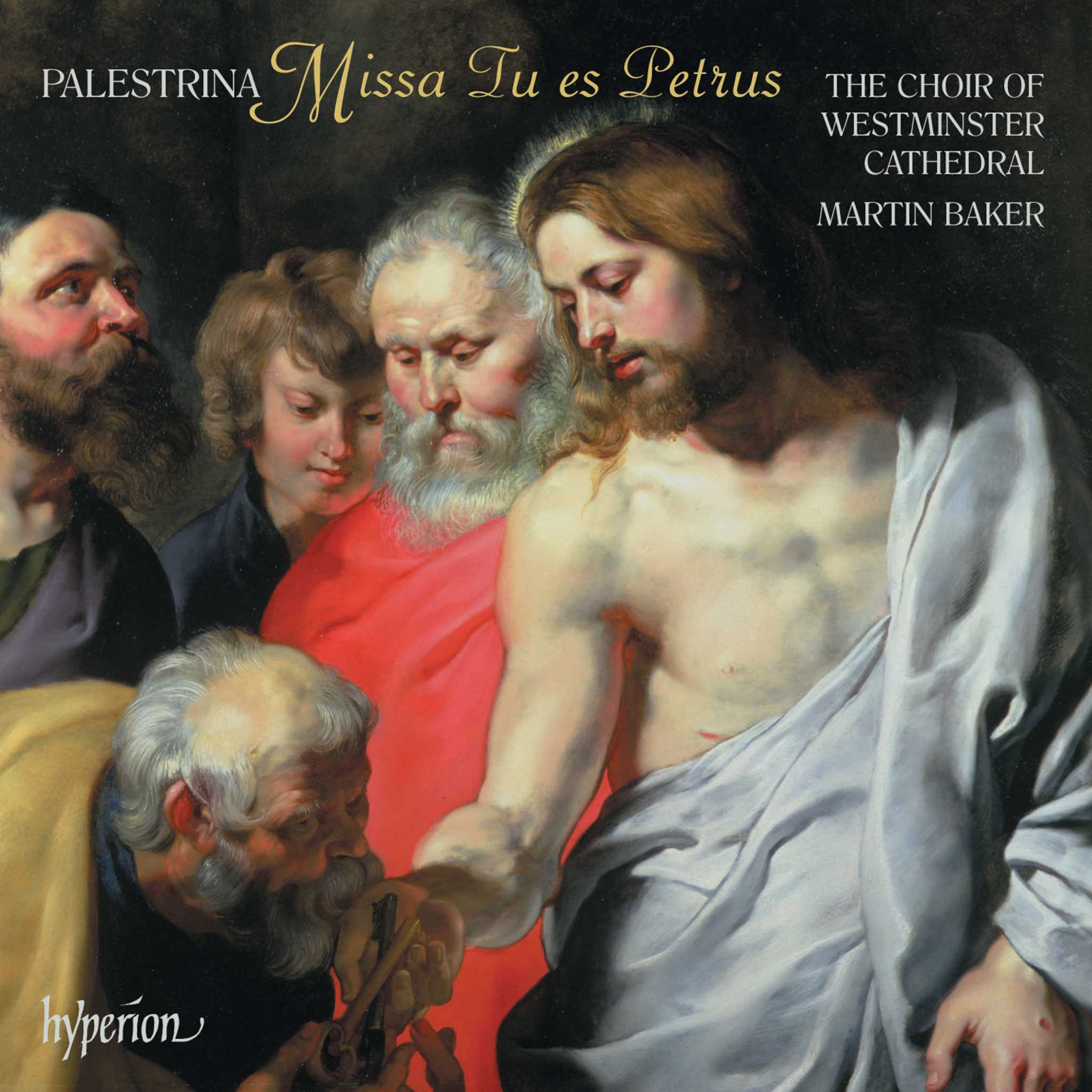Album insights
The first significant published collection of works from Franz Liszt's early period is titled "Album d’un Voyageur." This collection, despite revisions and discarding of some pieces, stands out due to its bold creativity and integration of folk melodies and themes from other composers, showcasing Liszt's creative process. Liszt's artistic career is characterized by an inner urge rather than adherence to a specific norm from the beginning. The forms within works like the symphonies Faust and Dante, the Sonata, or the Variations of "Weinen, Klagen" are far more complex than their titles suggest, reflecting Liszt's unique approach to form.
The implied journey in the collection's title refers to Liszt and Countess Marie d’Agoult fleeing to Switzerland. Liszt spent nearly a decade wandering as a guest artist, with no fixed residence except for his time as a Kapellmeister in Weimar. The "Album d’un Voyageur" plans underwent several permutations, leading to various editions using different titles. Liszt's harsh judgment of the collection notwithstanding, it laid the foundation for the later "Première Année de pèlerinage—Suisse." Despite initial intentions to conceal the earlier collection, Liszt's evolving perspective led to a partial re-embrace of it in later works such as "Trois Morceaux suisses."
The collection's simplicity of “Fleurs mélodiques des Alpes” often belies the technical challenges posed for pianists. These pieces, sourced from various melodies including folk tunes and art songs, possess unique qualities warranting repeated listening. The three paraphrases constituting the third volume were first published separately before the final collection's release in 1830. They derive their themes from Swiss art songs by lesser-known composers, resulting in structures akin to longer opera fantasies. The titles of these pieces have seen variations over different editions, with some retaining their original form from Haslinger's first edition of the complete "Album d’un Voyageur."
Impressions et poésies, the first part of the collection, is undoubtedly the most significant and was intended as such. It begins with a piece inspired by the Lyon worker uprising, incorporating a powerful march motif that foreshadows future musical developments. The remaining music in the collection, mostly composed in Geneva between 1835 and 1836, features subtle variations and thematic consistency with influences from literary works like Byron's "Childe Harold" and Schiller’s poetry.
Each piece in the collection offers a glimpse into Liszt's creative evolution during his time in Switzerland, showcasing a diverse range of inspirations—from folklore to literary sources. The Fantaisie romantique, resembling the style of "Fleurs mélodiques," emerges as a longer and more intricate composition, marked by thematic development and improvisatory elements. The lesser-known works within the collection, like "Faribolo pastour" and "Chanson du Béarn," draw from folk melodies and reveal Liszt's engagement with regional cultures during that period.
Leslie Howard, © 1992, offers an insightful exploration of Liszt's lesser-known works, shedding light on the complexities and nuances within the "Album d’un Voyageur" as a pivotal collection in the composer's repertoire.










